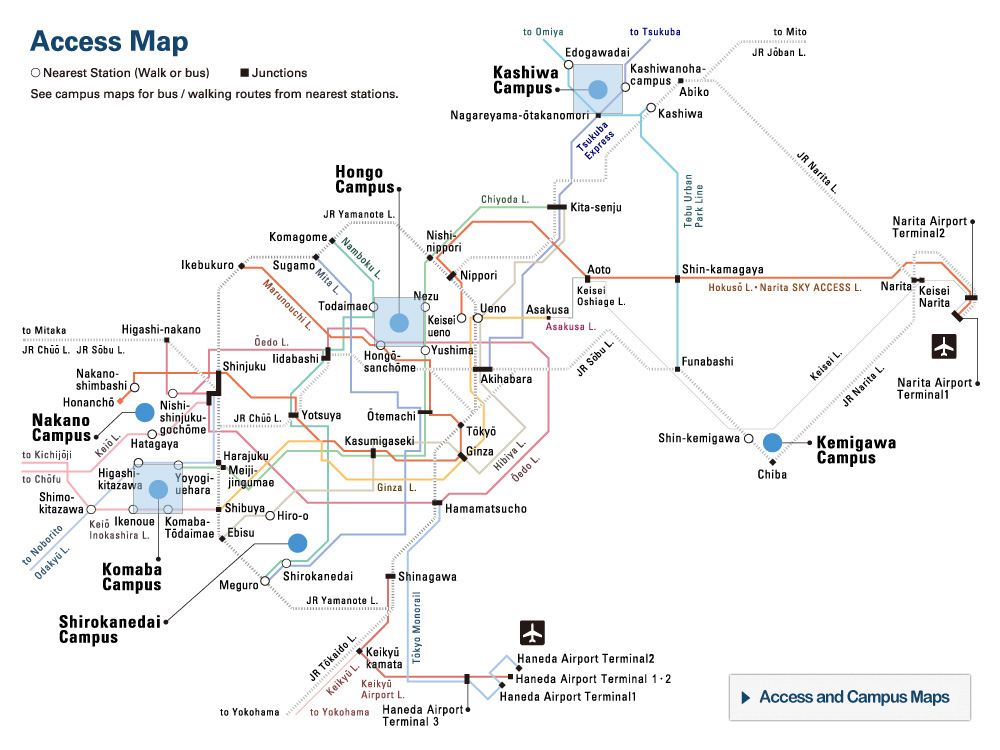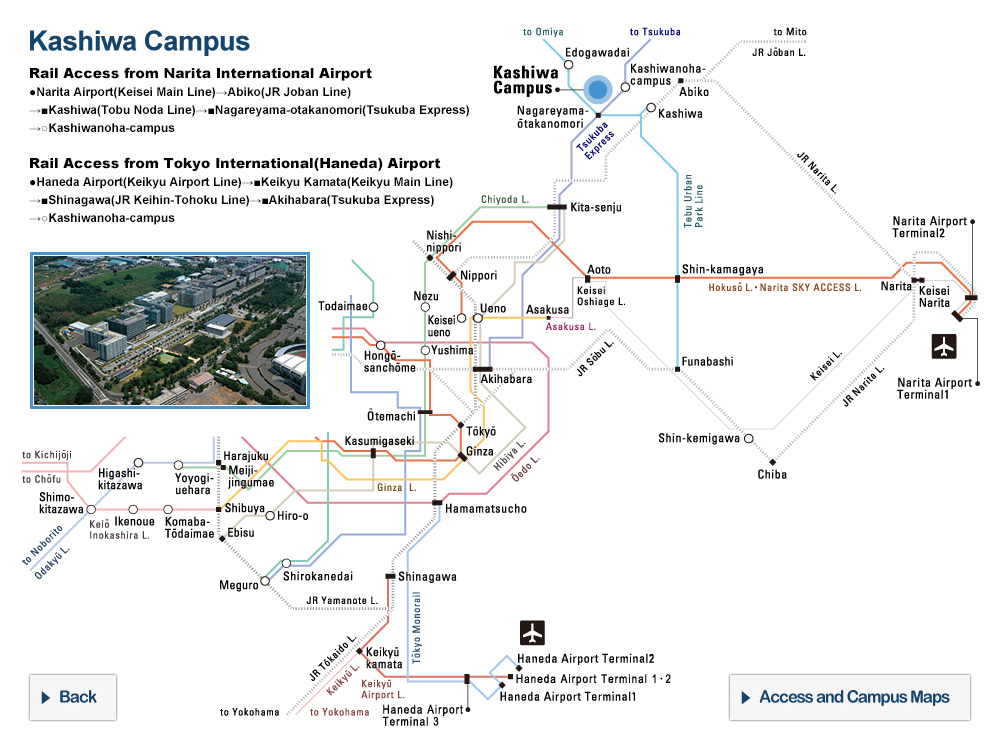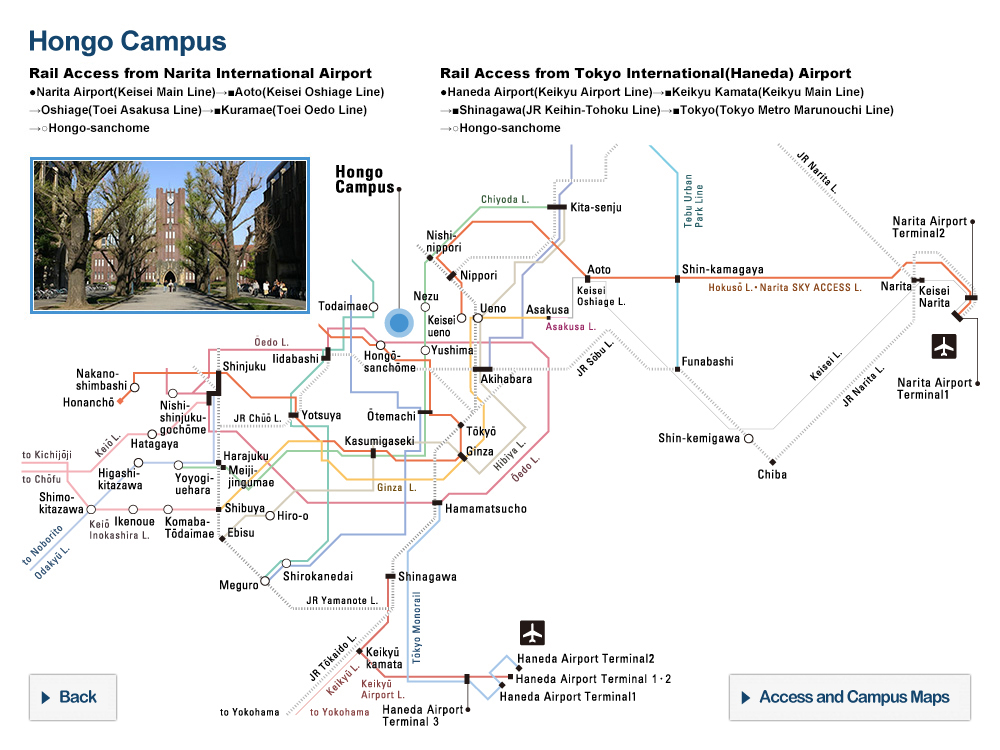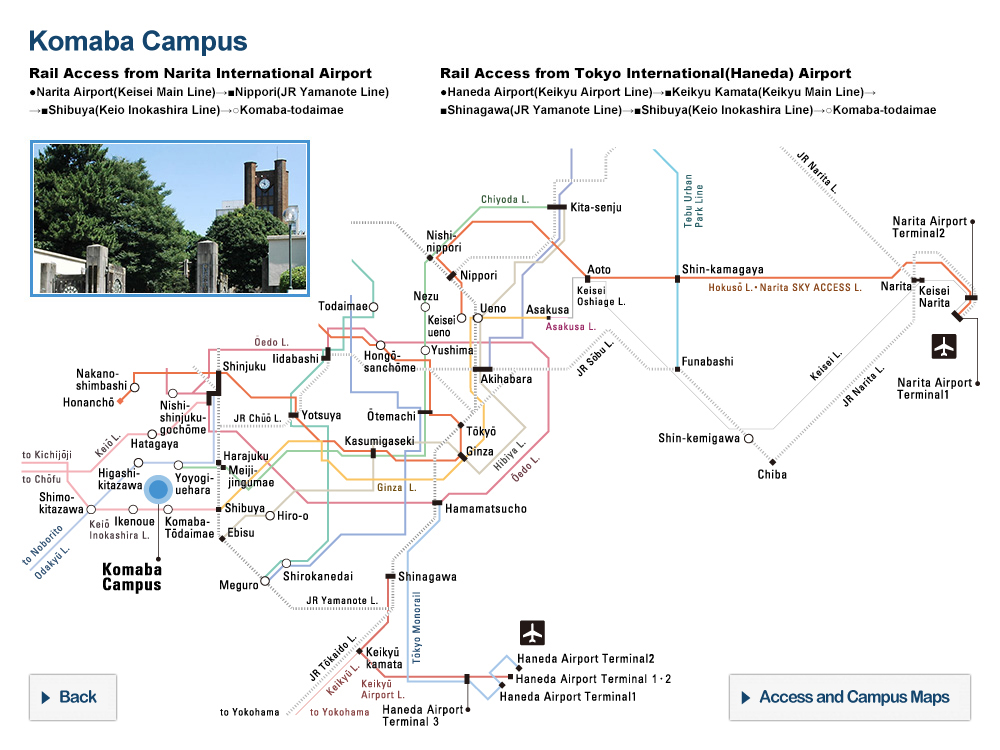Stronger, stretchier, self-healing plastic Improved material can maintain complex shapes and biodegrades in seawater Research news
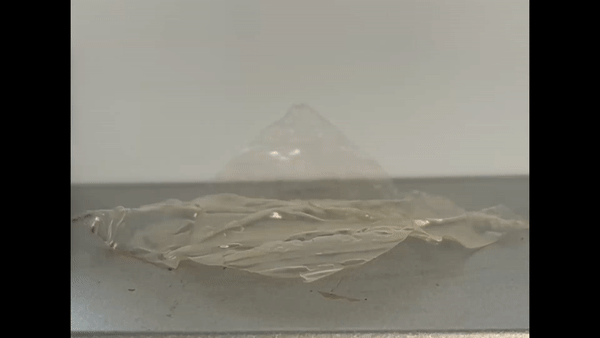
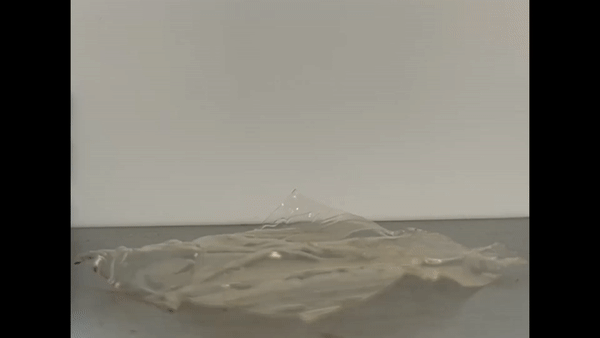
Good memory. The complex shape of an origami crane that was restored using heat after being flattened.©2023, Shota Ando
An innovative plastic, stronger and stretchier than the current standard type and which can be healed with heat, remembers its shape and partially biodegradable, has been developed by researchers at the University of Tokyo. They created it by adding the molecule polyrotaxane to an epoxy resin vitrimer, a type of plastic. Named VPR, the material can hold its form and has strong internal chemical bonds at low temperatures. However, at temperatures above 150 degrees Celsius, those bonds recombine and the material can be reformed into different shapes. Applying heat and a solvent breaks VPR down into its raw components. Submerging it in seawater for 30 days also resulted in 25% biodegradation, with the polyrotaxane breaking down into a food source for marine life. This new material could have wide-reaching applications for a more circular economy to recirculate resources and reduce waste, from engineering and manufacturing, to medicine and sustainable fashion.
Despite global campaigns to curb plastic use and waste, it is difficult to avoid the ubiquitous material. From toys and clothes, homeware and electronics, to vehicles and infrastructure, nowadays it may seem like it is in almost everything we use. Although useful, there are many issues associated with plastic’s life cycle and disposal. Developing alternatives which last longer, can be reused and recycled more easily, or which are made from environmentally friendly sources, is key to helping solve these problems and realize several of the United Nations’ Sustainable Development Goals.
With this in mind, researchers at the University of Tokyo have created a more sustainable plastic, based on an epoxy resin vitrimer. Vitrimers are a relatively new class of plastics, which are solid and strong at lower temperatures (like thermoset plastics, used to make heat-resistant tableware), but which can also be reshaped multiple times at higher temperatures (like thermoplastics, used for plastic bottles). However, they are typically brittle and cannot be stretched far before breaking. By adding a molecule called polyrotaxane, the team was able to create a dramatically improved version which they named VPR (vitrimer incorporated with polyrotaxane [PR]).
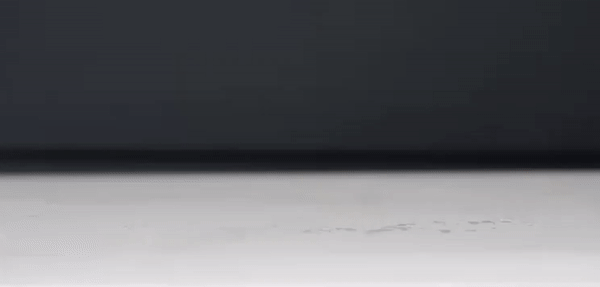
Flatten the curve. Shape recovery test of vitrimer plastic with polyrotaxane, left, and without heated to 120 degrees Celsius on a hot plate.©2023, Shota Ando.
“VPR is over five times as resistant to breaking as a typical epoxy resin vitrimer,” said Project Assistant Professor Shota Ando from the Graduate School of Frontier Sciences. “It also repairs itself 15 times as fast, can recover its original memorized shape twice as fast, and can be chemically recycled 10 times as fast as the typical vitrimer. It even biodegrades safely in a marine environment, which is new for this material.”
Polyrotaxane has been gaining interest in science and industry for its ability to enhance the toughness of different materials. In this study, the improved toughness of VPR meant that more complex shapes could be created and retained even at low temperatures (such as the origami crane in the video provided with this release). Disposal or recycling was also easier than for vitrimers without polyrotaxane, explained Ando: “Although this resin is insoluble in various solvents at room temperature, it can be easily broken down to the raw material level when immersed in a specific solvent and heated. It also showed 25% biodegradation after exposure to seawater for 30 days. By comparison, vitrimer without PR did not undergo any apparent biodegradation. These characteristics make it an ideal material in today's society, which demands resource recycling.”
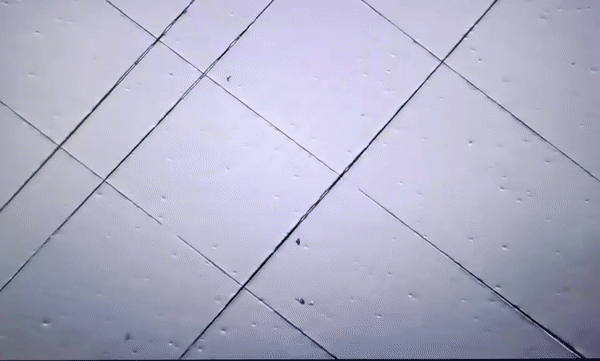
Only a scratch. A VPR surface scratched to a depth of 0.1 millimeter with a scalpel, was able to fully heal within 60 seconds of being heated to 150 degrees Celsius with a heat gun.©2023, Shota Ando
From engineering to fashion, robotics to medicine, the team foresees both practical and playful applications for VPR. “Just to give some examples, infrastructure materials for roads and bridges are often composed of epoxy resins mixed with compounds such as concrete and carbon. By using VPR, these would be easier to maintain as they would be stronger and healable using heat,” suggested Ando. “Unlike conventional epoxy resins, this new material is hard but stretchable, so it could also be expected to strongly bond materials of different hardness and elongation, such as is needed for vehicle manufacture. Also, as it has shape memory, shape editing and shape recovery capabilities, you might also someday be able to rearrange the silhouette of your favorite clothes at home with a hair dryer or steam iron.”
The team’s next step will be to work with companies to determine the feasibility of its various ideas for VPR, as well as continuing its research in the lab. “I have always thought that existing plastics are very difficult to recover and dispose of because they are subdivided according to their uses,” said Ando. “It would be ideal if we could solve many of the world's problems with a single material like this.”
Papers
Shota Ando, Masaki Hirano, Lisa Watakabe, Hideaki Yokoyama, and Kohzo Ito, "Environment-friendly sustainable thermoset vitrimer-containing polyrotaxane," ACS Materials Letters: October 31, 2023, doi:10.1021/acsmaterialslett.3c00895.
Link (Publication )
)


